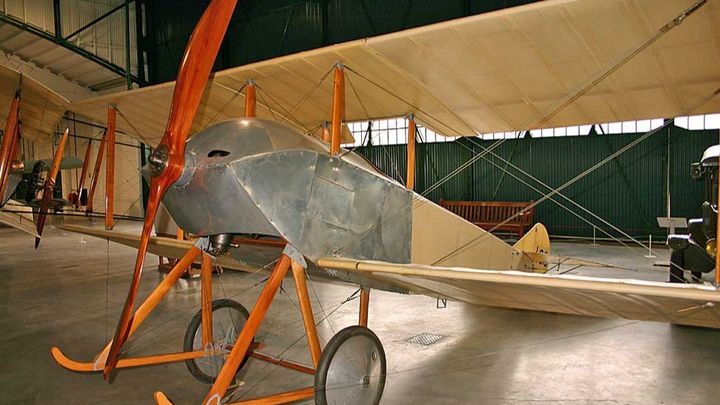
Bring the Sopwith to Stow Maries
Stow Maries Great War Aerodrome needs your help.
The Royal Air Force Museum in London is willing to let us have their amazing Sopwith Tabloid 168 aircraft move to our museum and live here for the future.
However, shipping the aircraft by road and then rebuilding it isn't free. The RAF Museum estimate it will cost over £3,500.
We would like you to help us raise £2,500.

Any amount is welcome, but the clock is ticking and the pressure is on.
Help us save this wonderful part of our history by having it live at the only place it belongs - the last functioning, untouched Great War Aerodrome in Europe.

Sopwith Tabloid
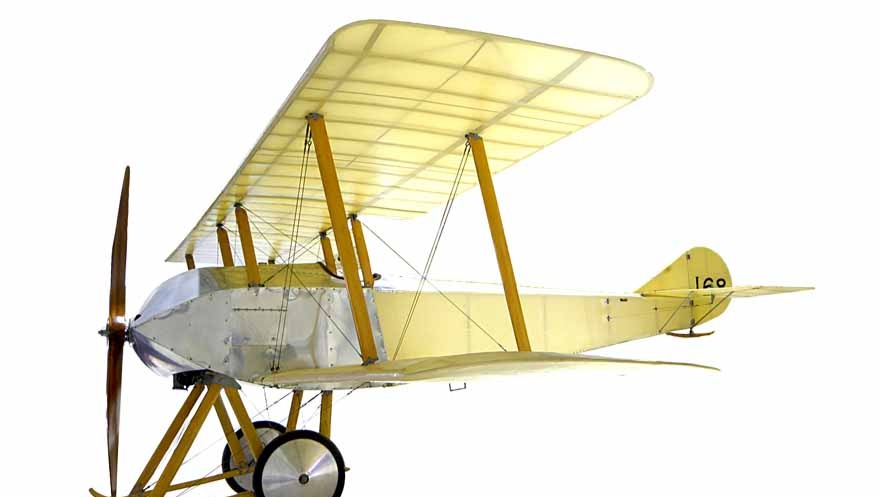
The Tabloid was developed as a civil demonstrator and racing biplane and flew the first time in November 1913 in the two-seater side-by-side configuration, which was unusual for the time. Powered by an 80 hp Gnôme Monosoupape rotary engine and using wing warping for lateral rolling (instead of ailerons), the Tabloid reached 92 mph (148 km/h) while carrying a passenger. Taking only one minute to reach 1200 ft the overall performance of the Tabloid surpassed the existing monoplanes of the day. On the 20th April 1914 a seaplane variant of the Tabloid, powered by a 100 hp Gnôme Monosoupape engine, won the Schneider Trophy in Monaco at an average speed of 86.7 mph.
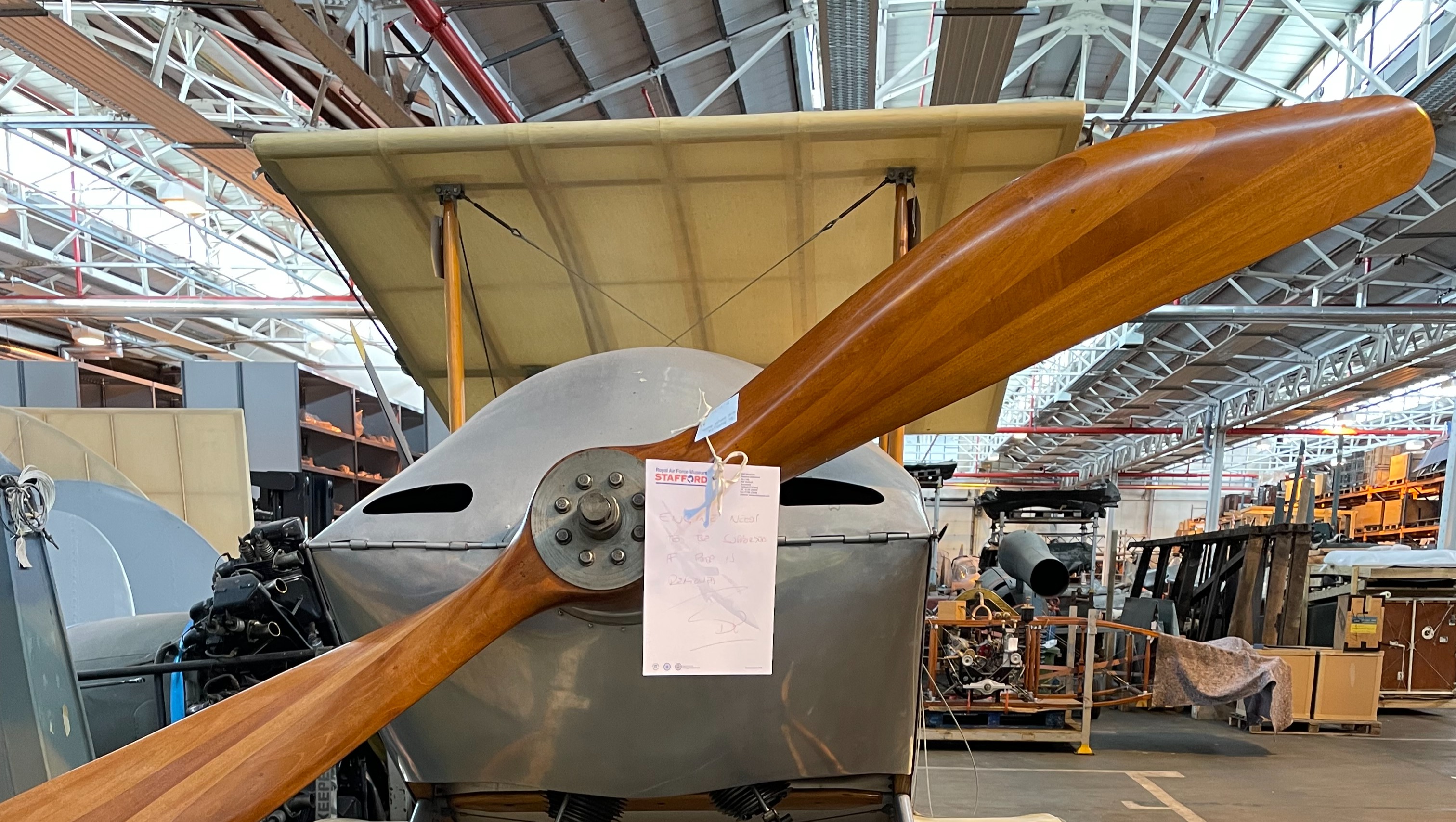
Single-seat variants of the Tabloid went in to production in 1914. Its military potential was obvious and it was ordered by both the Royal Flying Corps and Royal Naval Air Service. Four were sent to France shortly after the outbreak of WW1 and thirty six were subsequently built for the RNAS and RFC. The Tabloids were first used as fast reconnaissance aircraft but soon became involved in the earliest experiments in arming aircraft. An early success was obtained by Lieutenant Norman Spratt who forced down a German aircraft by circling his Tabloid around it; his only 'armament' at the time being a bundle of steel darts! Some naval aircraft were armed with a Lewis gun on the top wing, firing over the propeller arc, while others used a Lewis gun mounted on the starboard side of the fuselage firing through the propeller arc. Deflector plates mounted on the propeller blades protected the blades from bullet damage, a device invented by the French engineer Saulnier and used on the single-seater Morane Saulnier monoplane.
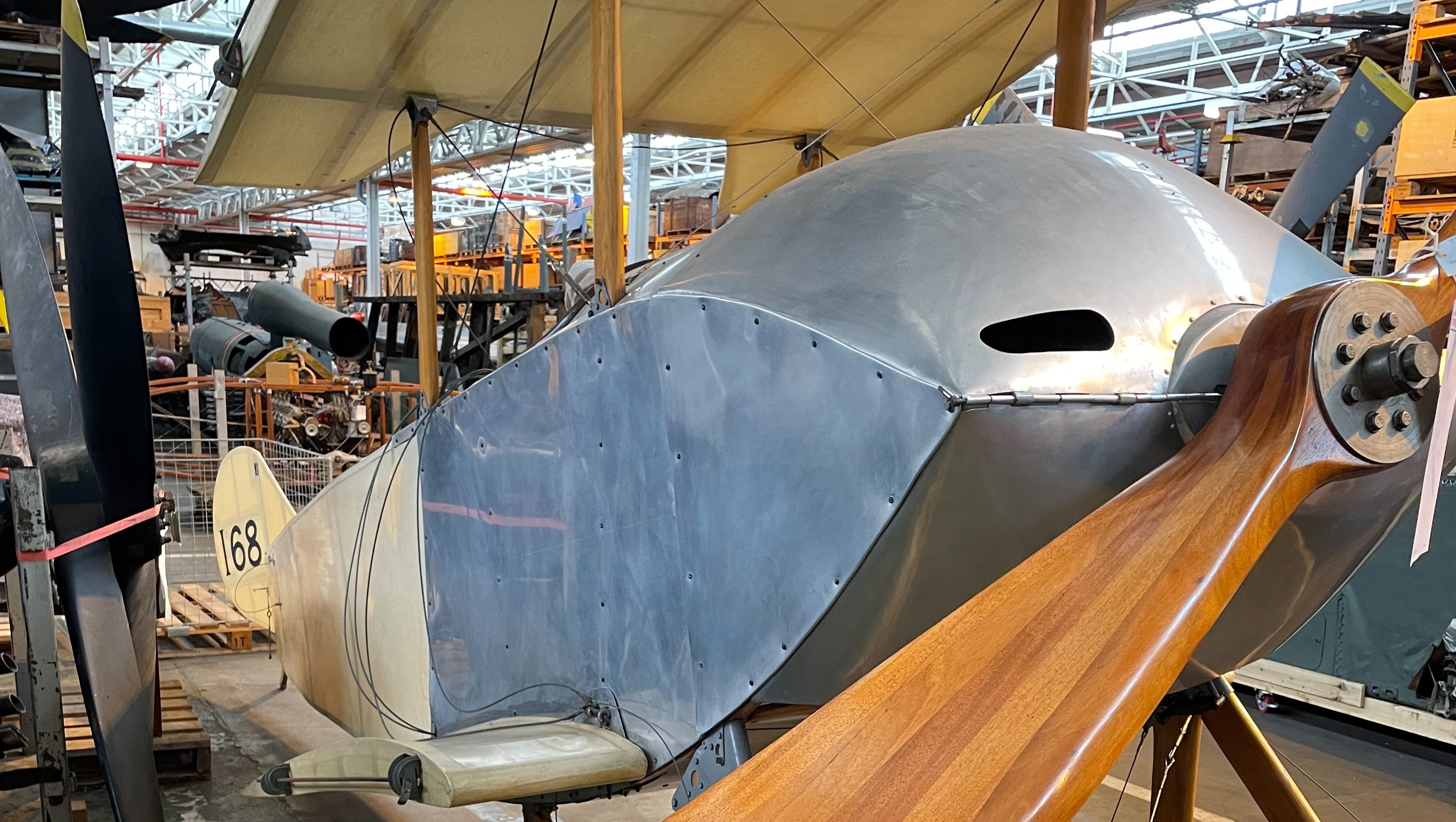
The type enjoyed its greatest success in the bomber role. On the 22nd September 1914 Tabloids mounted the first raid by British aircraft on German soil. In their most famous mission the first two RNAS Tabloids to reach the front, 167 and 168, took off from the beleaguered city of Antwerp on the 8th October 1914 to raid the Zeppelin sheds at Cologne and Düsseldorf. Squadron Commander Spenser Grey was unable to find his Cologne target so Cologne’s central railway station was bombed instead. Flt Lt Reginald L G Marix, flying 168, bombed the Zeppelin shed at Düsseldorf with two 20 lb bombs dropped from 600 ft, destroying the brand new LZ25. Both pilots were forced to make emergency landings near Antwerp as a result of fuel shortages and the aircraft were abandoned to the advancing German army. Both pilots reached Antwerp before the town was evacuated by the Allies.
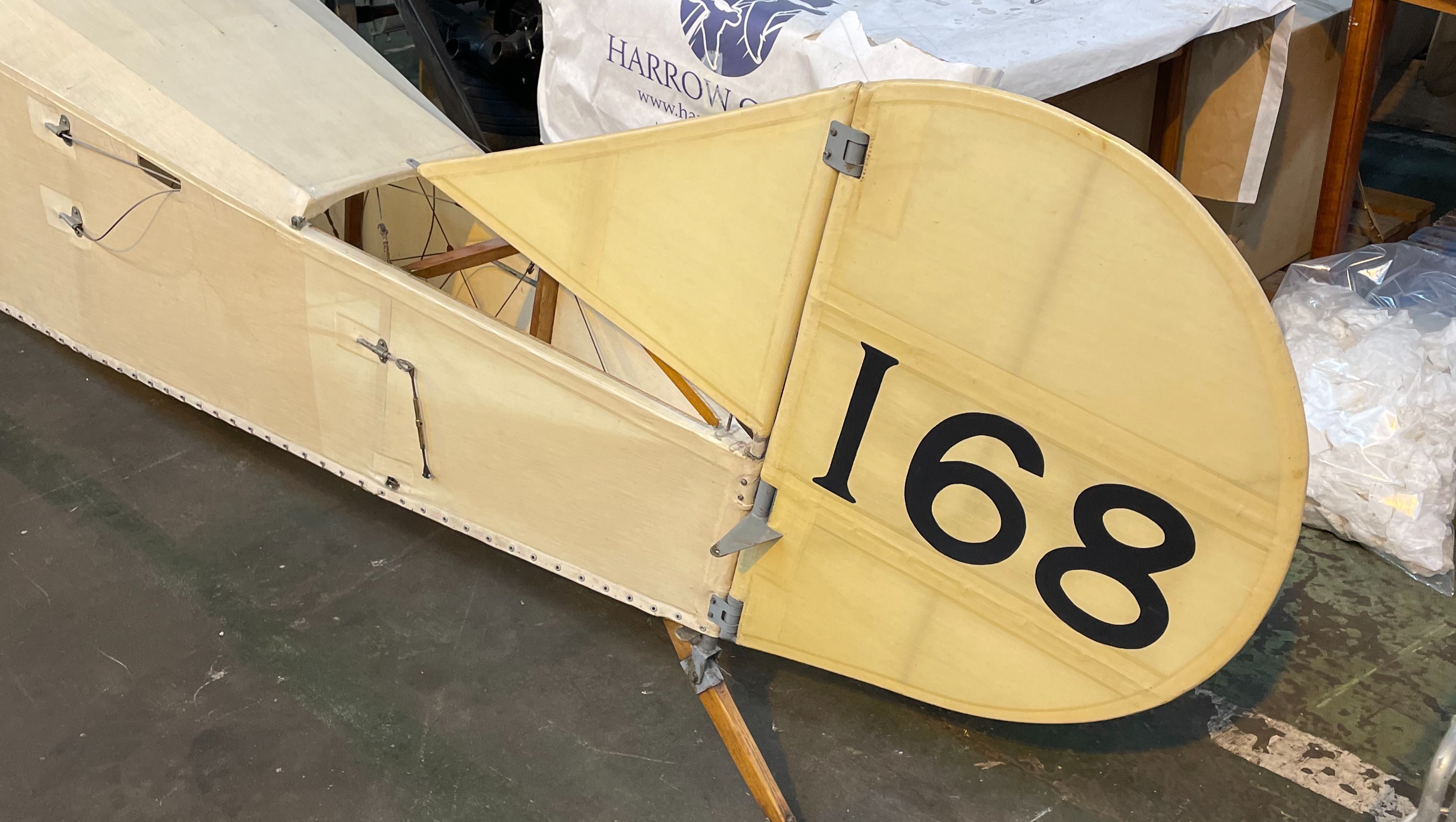
The Tabloid was withdrawn from front line service in the spring of 1915.
Organizer
Ian Flint
Organizer
England
Stow Maries Great War Aerodrome Limited
Beneficiary